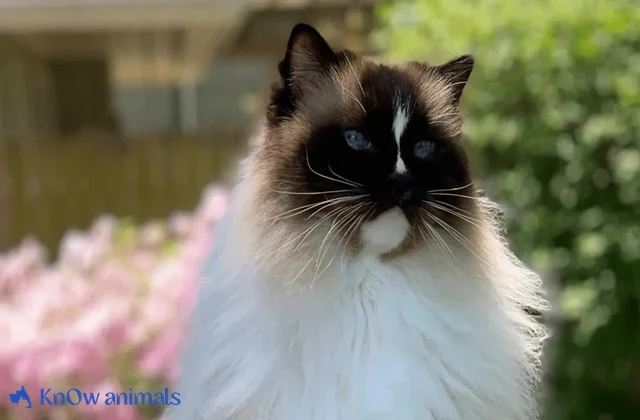The Ultimate Guide to Ragdoll Cats
The Ultimate Guide to Ragdoll Cats: All You Need to Know for Owners and Enthusiasts
Are you considering adding a Ragdoll cat to your family or already own one? Look no further! This ultimate guide will provide all the essential information about Ragdoll cats, including their characteristics, care requirements, and more.
1. Understanding the Ragdoll Breed
- Size: Ragdolls are large cats, typically weighing between 10 to 20 pounds.
- Coat: Their semi-longhair coat is soft, low-maintenance, and comes in various patterns and colors.
- Personality: Ragdolls are affectionate, docile, and enjoy human companionship. They are known to go limp when held, hence the name "Ragdoll".
- Health: Overall, Ragdolls are healthy cats, but they may be prone to certain genetic conditions. Regular vet check-ups and a balanced diet are essential.
2. Providing Proper Care
- Feeding: Provide a nutritious diet tailored to your Ragdoll's age and activity level. Avoid overfeeding to prevent obesity.
- Grooming: Regularly brush your Ragdoll's coat to prevent matting and minimize shedding. Also, remember to trim their nails and clean their ears.
- Playtime and Exercise: Although Ragdolls are not highly active, they still enjoy play sessions and interactive toys. Engage them in light exercise to keep them stimulated.
- Litter Box Maintenance: Keep their litter box clean to maintain good hygiene. Ragdolls are known for their cleanliness and prefer a tidy environment.
3. Creating a Safe and Enriching Environment
- Provide scratching posts and perches to satisfy your Ragdoll's natural urge to climb and scratch.
- Set up cozy beds and hideaways where they can relax and have their own space.
- Ensure windows and balconies are secure, as Ragdolls are curious and may be tempted to explore outside.
- Offer toys and puzzle feeders to keep their minds active and prevent boredom.
4. Health Considerations
While Ragdolls are generally healthy cats, it is important to be aware of potential genetic conditions:
Hypertrophic Cardiomyopathy (HCM) is the most common heart disease affecting Ragdolls. Regular cardiac evaluations are recommended for early detection.
5. Ragdolls and Other Pets
Note: Always supervise initial interactions and provide separate spaces for each pet until they become comfortable with one another.
- Conclusion
Ragdolls make wonderful companions for individuals and families alike. With their affectionate nature and stunning appearance, they are hard to resist. Remember to provide adequate care, a stimulating environment, and regular veterinary check-ups to ensure a long and happy life for your Ragdoll cat.
By becoming a responsible Ragdoll owner, you will experience the joy and love that these remarkable cats bring to your home.






